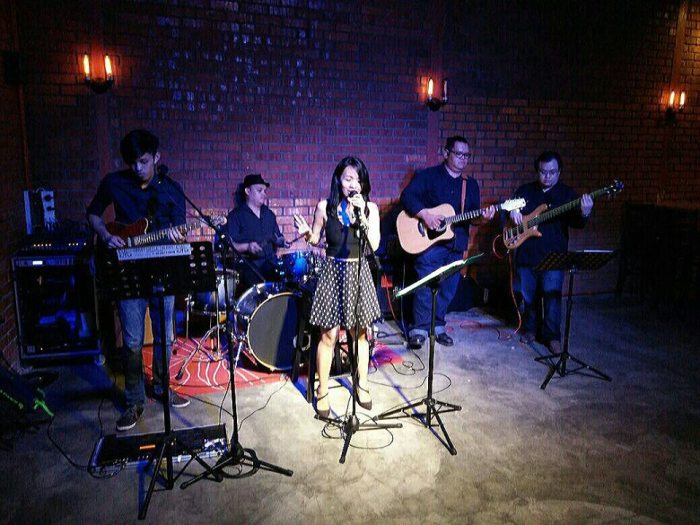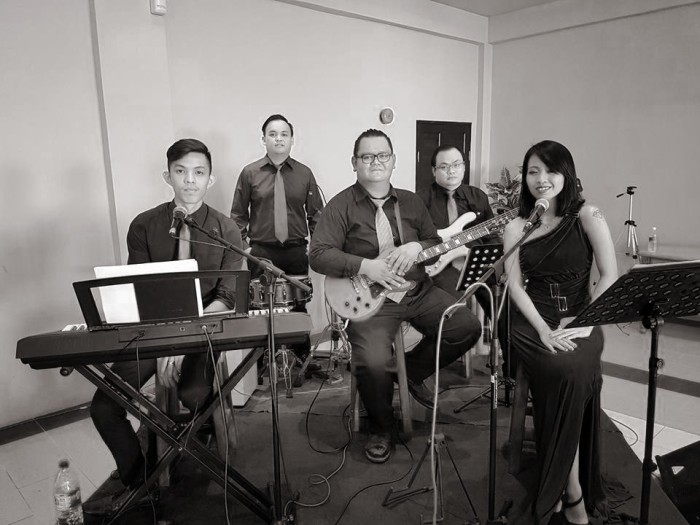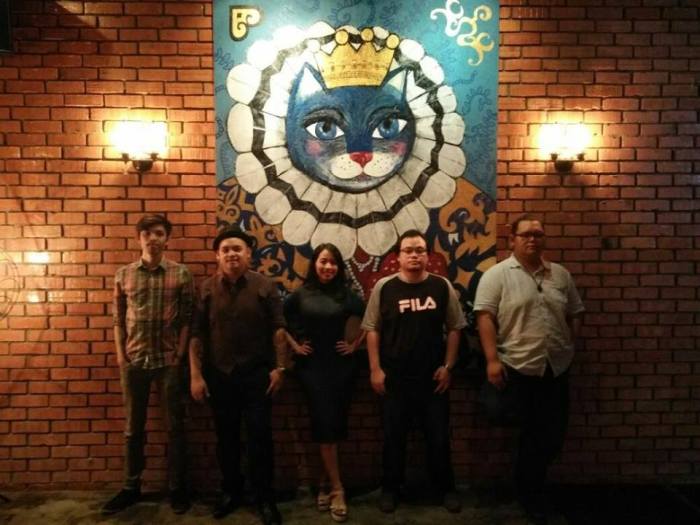“To me, photography is an art of observation. It’s about finding something interesting in an ordinary place… it has little to do with the things you see and everything to do with the way you see them.” – Elliott Erwitt
Photography is a powerful form of storytelling. It encapsulates time and preserves memory. Other than that, it is also a means to express and reflect one’s feelings. However, apart from personal uses, photography can also document formal occasions and events one would like to look back to. Graduation concerts and weddings, for example.
Today, with good smartphone cameras and a mobile photo-sharing application called Instagram, everyone – young and old – have turned into photographers. And whether it is important or insignificant, (or selfies), we capture and share everything on Instagram. It is relatively simple and fun. However, not everyone has the eye.
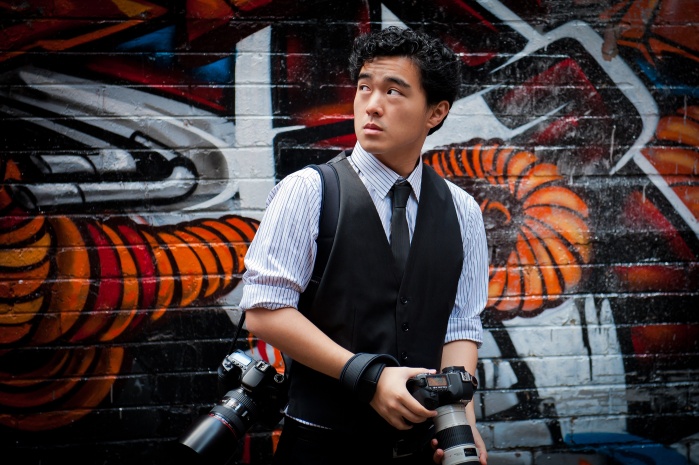
Lance Vun is a photographer born and raised in Kuching. He has been shooting professionally for over eight years. He first started as a photojournalist who then chose to make a living off of weddings. As a wedding photographer, he has had the opportunities to photograph countless weddings across the state. Other than that, he is also a passionate street photographer who has taken photos not only in the gritty streets of Kuching and some other parts of Malaysia but also in the brassy streets of Australia.
Prompted by a friend, Lance, along with a group of photographers have decided to organise a photo exhibition called Streets of Kuching. The exhibition is now live at Art Space, ChinaHouse, Kuching.
Here, the young lad talked about his passion and journey as a photographer.
How long have you been a photographer?
I was 19 when I first dabbled with DSLRs. I’m 28 right now so this year would be my ninth year doing photography. But I feel like I’ve not done enough. I know people who have been around for a shorter period and they’re doing pretty well. They’ve done more than me. I feel like I could’ve done more but everyone has got their own pace. I need to push myself because I feel that my photos are still nowhere near the top. But I dare say that my standard is above average.
What or who got you started in photography?
I was not into photography in the beginning. It was my friends who kickstarted the transition. I was in the middle of my diploma that I got influenced by them. I tried my hands on it and not too long after that, I found interest in capturing images. I was studying business in Swinburne at that time. So after I was done with that, I took another diploma in photography. I started building my career from there.
Who are some of you favourite photographers who has influenced your work? And how do they inspire you?
You see, inspiration is all around. It could be from the books I read to the films I watch. But my main source of inspiration would be Joe McNally – a New York-based photographer who used to shoot for LIFE Magazine. Right after 9/11, he did this huge project called ‘Faces of Ground Zero’. I was truly inspired by that. And the other one is Zack Arias – he’s an Atlanta-based photographer.
What sort of work do you specialise in?
I’m a wedding photographer by profession and I photograph mainly weddings and event coverage. That’s what I’ve been doing most. Because I’m very much into stories. So weddings and events can give you that. Sometimes I do basic portraits. I used to do press work. I used to work as a photojournalist for United Daily News and took photos for the newspapers. Now, I also run a studio under PhotoBorneo as part of the community project called HAUS.
What intrigued you most about your subjects?
Emotions… And moments that you can’t stage and don’t get to capture twice. Moments where you just have to be there because you don’t want to miss the emotions.
Exactly what do you want to say with your photos, and how do you actually get them to do that?
Well, I like to tell stories through my photos. I want to express how I feel about what I see at that time. But specifically, in weddings, I want to capture priceless moments. Moments that can’t be staged. There is something special about photographing couples who are crazy in love. But it’s not just about two people, it’s also about the people around them who are there to celebrate that special day with them. And every wedding is different. Every wedding is an exciting adventure. So, you’ll see a lot of different things happening at the wedding. Many that you can’t replay.
Like candids?
Not really. Some, maybe. But these are the stories, and kind of a life history that you want to share with people. There are so many opportunities for beautiful photos throughout a wedding day. And for me, those photos carry more weights because those are the photos which the future generation who were not there can see. So, I’m honoured to be hired as a wedding photographer. And I have been very fortunate in undertaking multiple weddings since after my initial work was well received.
Right. So what do you think makes you different from the other photographers that you know?
I think I see things on a deeper level. I photograph the essence of the soul, of the subject. My style is quite documentary with a focus on real moments and emotion. I don’t stage my photos. I watch events unfold naturally. It’s not just about the visual aesthetics but it’s more about the life.
Why do you like street photography?
See, for me, photos that really stand out are the one where a street moment is captured to show a unique story. With street photography, you get more freedom. You don’t have to give instructions to your subjects or annoy them. Anything from candid shots to perhaps portraits, none of them is staged. I also like the challenge. People don’t usually realise that they are being photographed. You need to have an eye for detail and finding something worth telling through the photos you take.
What are the other challenges of street photography?
Well, unlike wedding photography, one thing that will always hold me back is the fear of shooting strangers. If I publish it, I might get in trouble. You will need their permission. But street photography is my passion. It’s probably the best way to show my way of viewing things and I’m determined to keep developing my eye for street photography.
I can say that you’re enjoying a pretty stellar career as a photographer now. What are the best and worst experiences you have ever had to go through to get the shots you deemed as perfect?
There are many. But I can’t pinpoint one at the moment. However, I would say it’s probably the one that got me the Kenyalang Press Awards. It was a random photo that I took from the bridge but I was fortunate enough to win that award. It’s not my greatest photographic accomplishment, but it kind of motivates me. I still have a long way to go.

Of course. Now, comparing where you are at the moment, with where you were when you first started, what do you think you could have done differently to get to where you are sooner?
I don’t know. But nothing, maybe. I may have screwed up many times. Many of my photos didn’t work. But I won’t say that I regret them. I learn from them. That’s how we learn and polish our skills. Only from mistakes and flaws will I know what to focus on in the future. That’s how we progress. Making better, more compelling art is addictive. So I guess, I wouldn’t change anything. In fact, I still have more to learn.
Do you create personal work often?
If you’re talking about street photography, I do it here and there, every now and then. Whenever I have the time and opportunity, I’d take my camera around and start taking photos. I do it mainly in Kenyalang. It’s a place that is close to my heart. And I like to do it alone and take my time to blend into the street scene.
Do you want viewers to recognise the symbols or messages in your photos and be subconsciously affected?
Of course. Not subconsciously. I want my photos to affect people. That’s what it’s all about. Especially the scenes of urban life through my street photos. This photo of these two uncles for example. They may look like they are only two old men having drinks. But it’s more than that. I want to show our culture here on Sunday mornings.
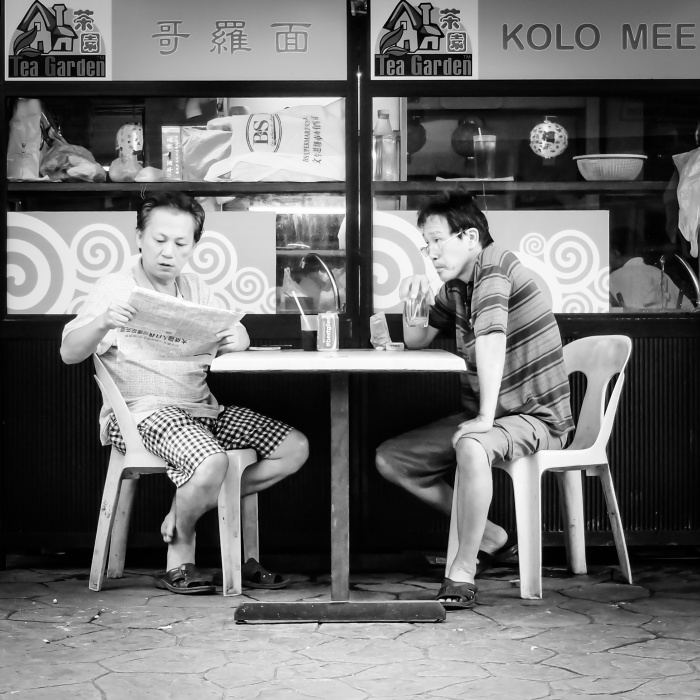
Of course. Let’s get to the technical part. What cameras and lighting gear did you start with and what are you currently using?
I started with Canon 1000D that my dad bought for me. At the moment I’m using two Canon 5D MKIII. And I mainly shoot with a 16-35mm lens, 50mm, 100mm, and a few lights here and there. But I rely on natural light as a preference, though. It’s the best.
And if you had to choose one lens which one would it be and why?
At the moment I guess it’s the 16-25mm because I like wide stuff. With a wider angle, you get more drama in. But with wide angle, you need to also handle the distortions. So, I kind of have this love-hate relationship with that lens. You have to be able to master that characteristic of a wide angle lens.
What technology or software do you use to keep focused on what you do best, as you photograph?
It depends on the tasks or the photos. I use 70% Photoshop Lightroom, 30% Photoshop CS6.
How much time do you spend taking photos, versus retouching photos?
Two-third of the time, shooting. One-third, editing. Not to say editing, but processing and delivering what’s best for my clients.
More and more iPhone photographers are coming out of their boxes now. They take good photos too. Soon, people may not need professional photographers anymore. What motivates you to continue taking photos?
Well, everyone can take good photos. No doubt. But many do it for fun. They don’t plan to become a professional photographer. And there’s no versatility. Versatility is important to photographers. And photographers are compelled to push themselves further in the pursuit of creative excellence. So, adding creativity to compositions and looking to achieve something different is something I am constantly striving to achieve in my work.
For your commercial work, how important is your website or social media accounts? Do you bother making a hard copy portfolio?
Well, yes. It’s very important. Otherwise, how would people reach me? Everything is through social media nowadays. And yes, I do make a hard copy. I need to bring something to show my clients to convince them.
As for this exhibition, is this your first or have you had many prior to this?
I have participated in a few but this is the first one with me being one of the organisers. It was a friend’s idea. And it was just a matter of realising it. Most photo exhibitions here focuses on landscapes and vibrant photos. So, I thought why not do something different this time.
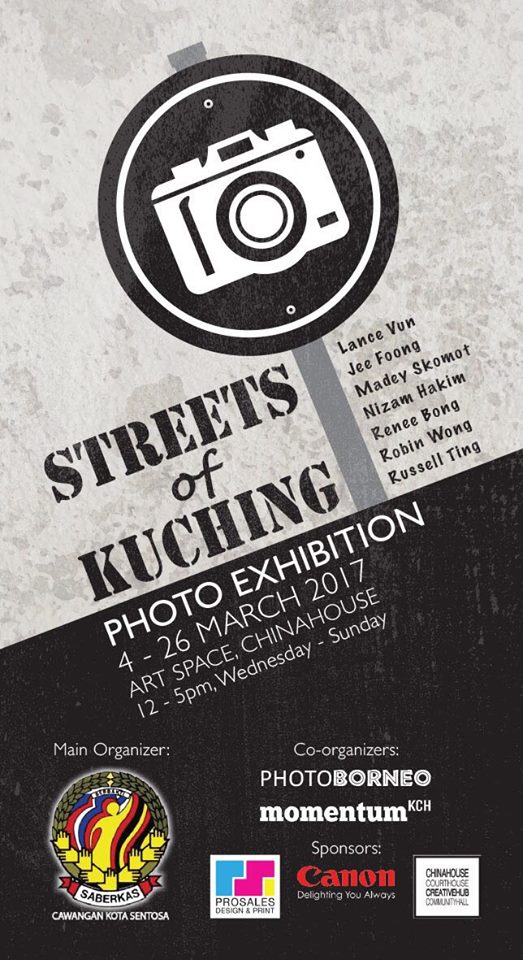
What are you trying to achieve from this exhibition and why?
As organisers and speakers for this exhibition, we hope to educate, guide and motivate people. We want to give them tips on street photography, of course. Other than that, we want to provide a platform for other photographers to exhibit their work. As far as I know, in Kuching, we don’t have exhibitions for street photography. So this is the first and we have a lot of participants. Some of the participants are relatively new in this field. But I can tell you that the level of skill from the newcomers is astonishing. So we kind of want to set up a community where photographers – old and new – can learn from each other. This is the chance for everyone to learn and evolve.
Are you planning to make this is a yearly thing?
Well, we’ll see how it goes. I mean, I received good comments and positive feedbacks. They did suggest to me to do it a yearly thing, but you know, we need the budget as well. If need be, I don’t see why not.
Which photo in this exhibition are you currently most proud of?
The boat. I was at Waterfront. I saw the boat coming towards me. Something about it intrigued me so I took the photo from the top. I thought it was going to stop there. But it went to the corner. I went to take a look and saw the uncle counting his money. It wouldn’t be appropriate to take a photo of that. So, I left.
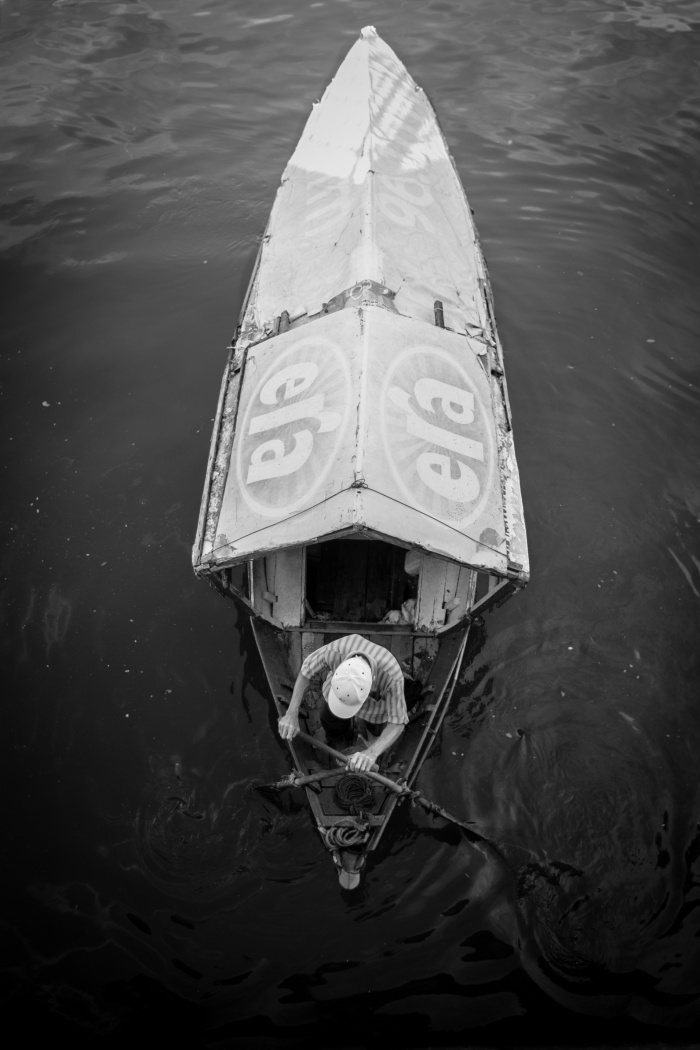
You’re born and raised in Kuching and spent some time in Australia. What is home to you?
Home is where I can just be myself. Without having the fear of how other people would think of me. Without anyone judging me. Home is where I feel joy naturally. When I’m home, at the dining table, I’d automatically lift up one of my legs on the chair. But that never happened when I was in Australia. I don’t feel comfortable doing that anywhere else. And when I do street photography in Kuching, I feel more of myself. When I do it in Australia, it didn’t feel like home.
If you could live anywhere on this awesome planet, where would you build your dream home?
I have not travelled and seen enough. So, at the moment, I can’t really say where I would want to build this so-called dream home.
Check out Lance Vun’s photos here!
PS: All photos are courtesy of Lance Vun.
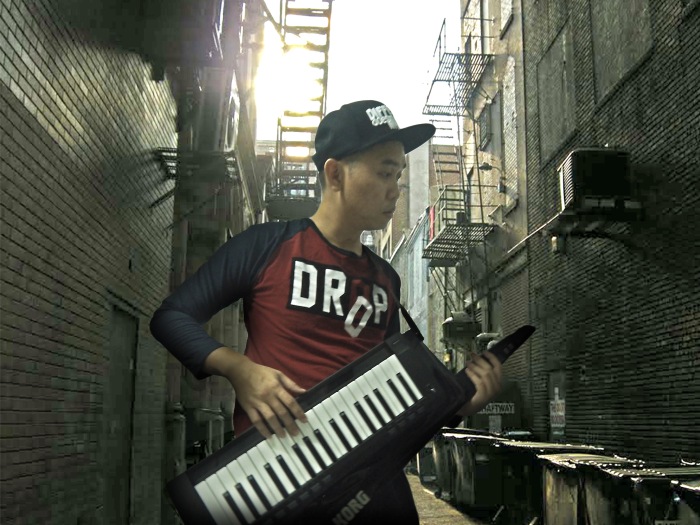
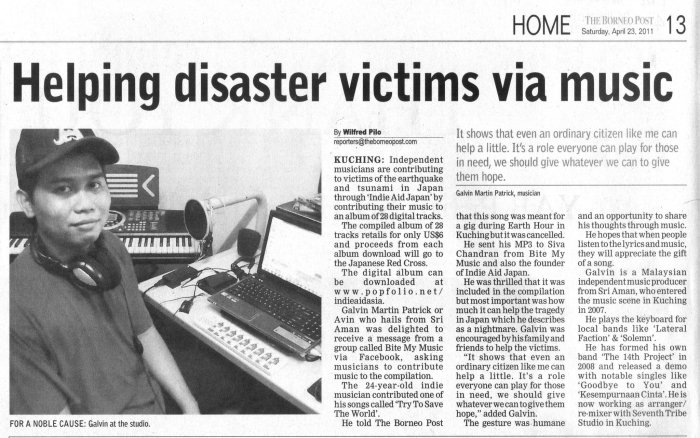

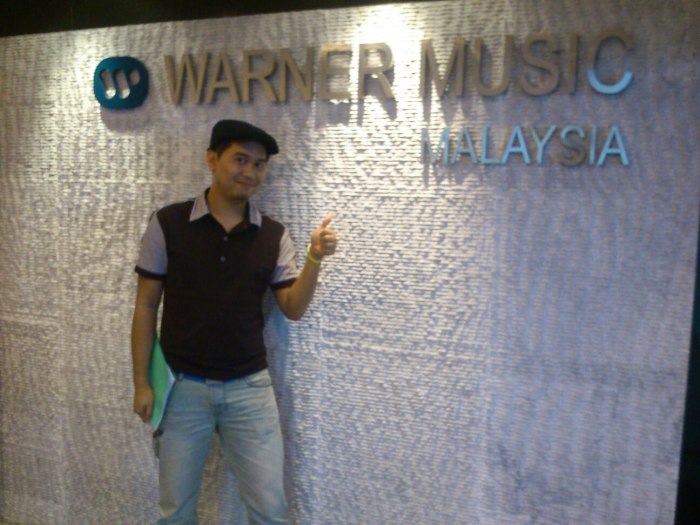
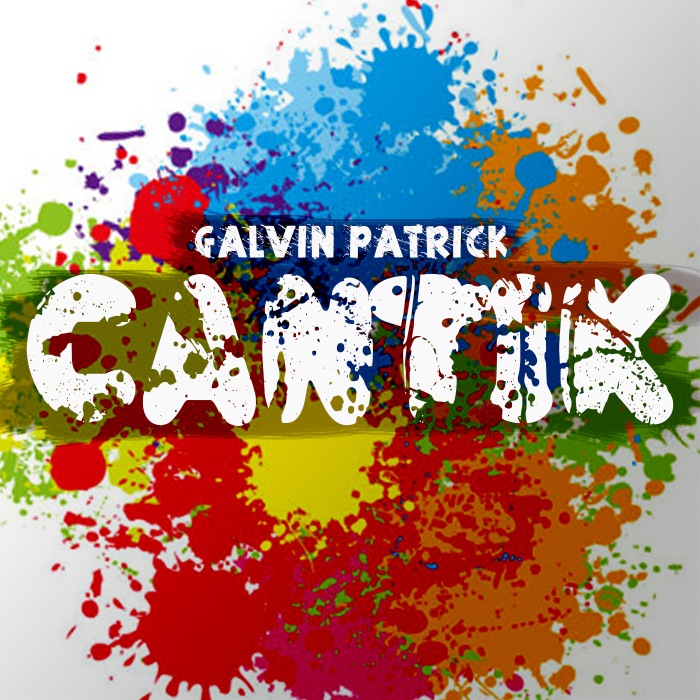
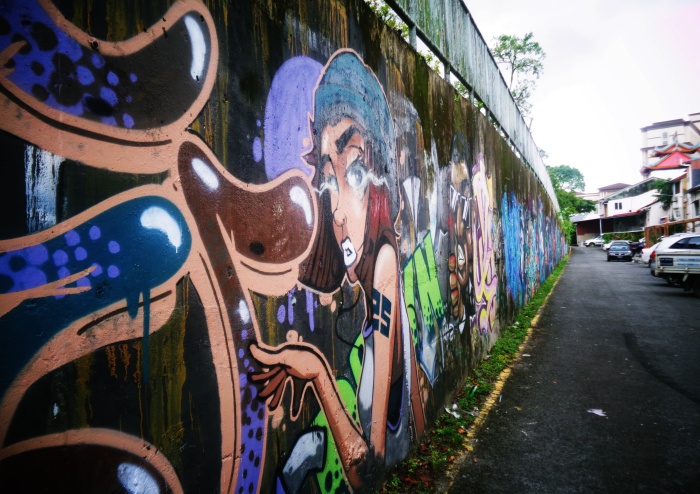
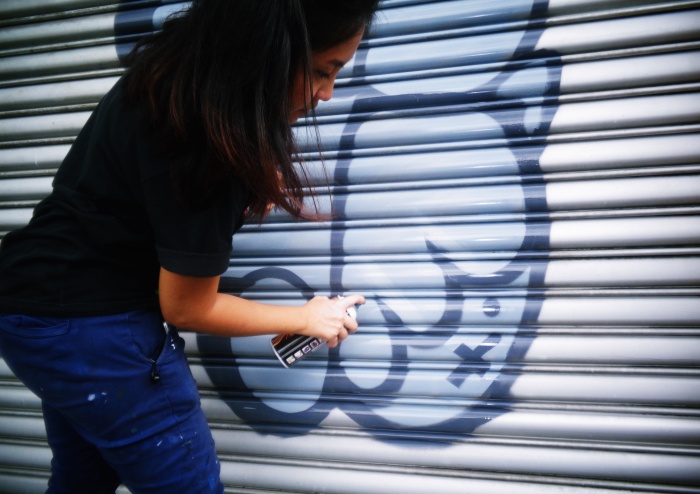
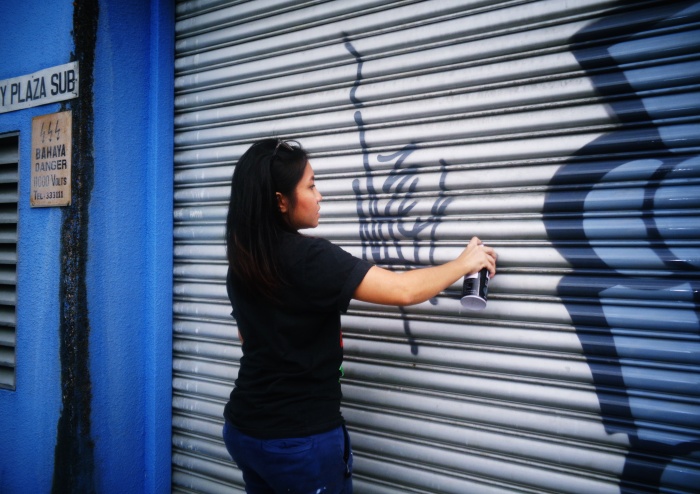
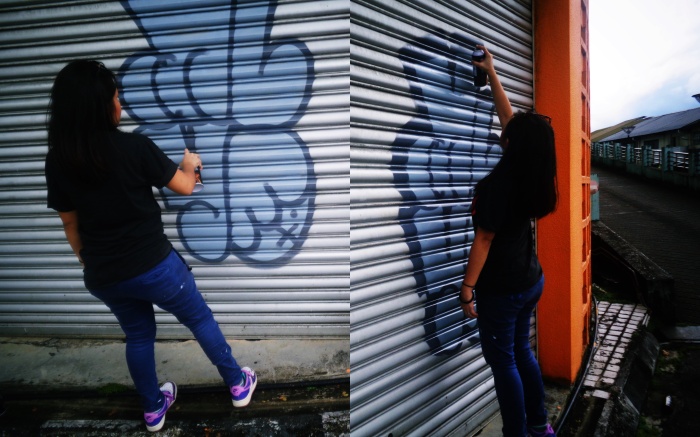
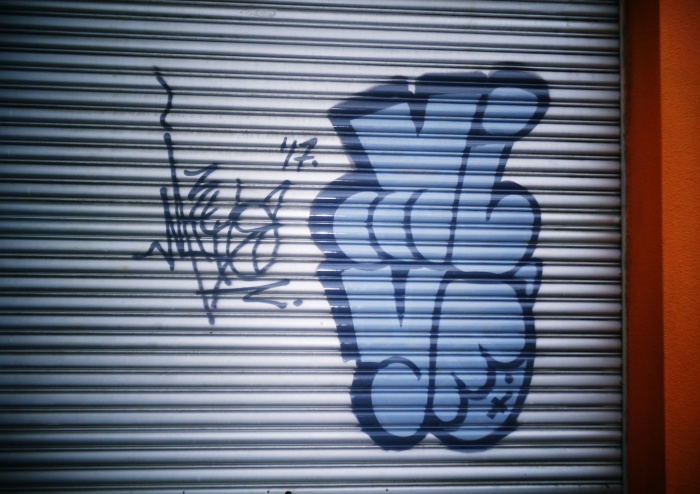
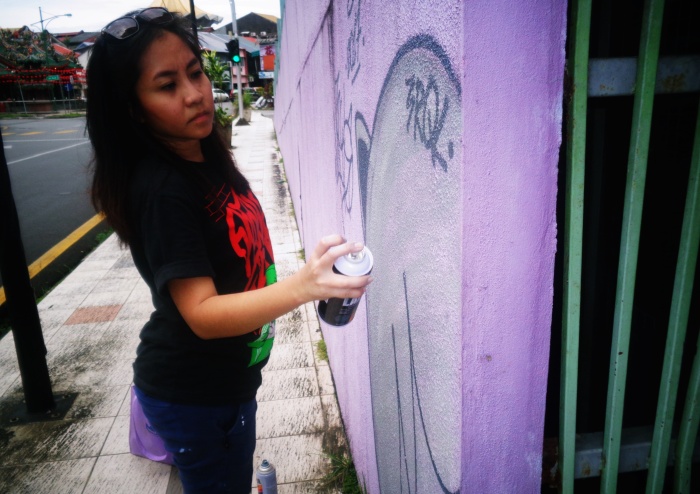
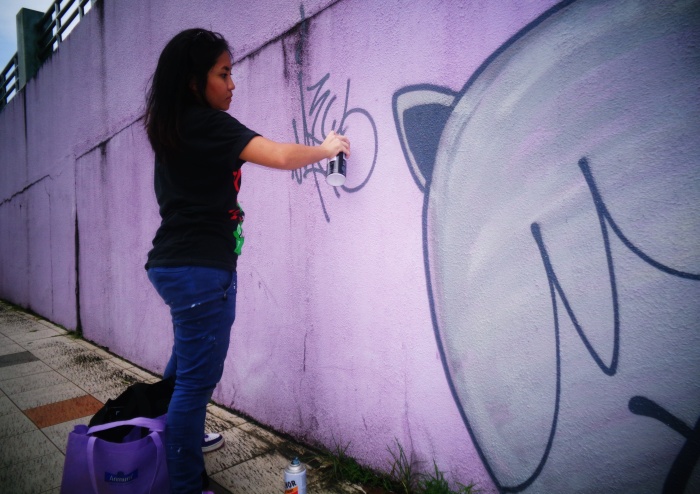
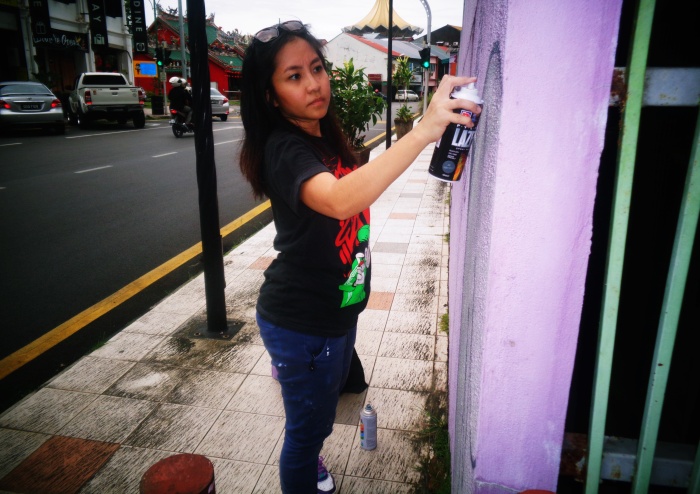
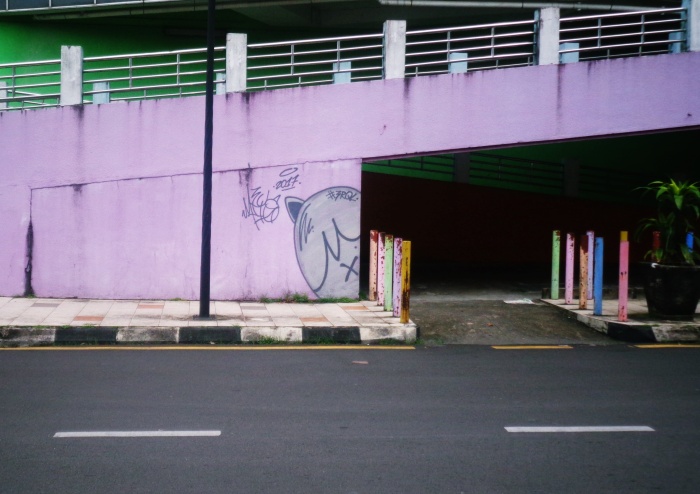
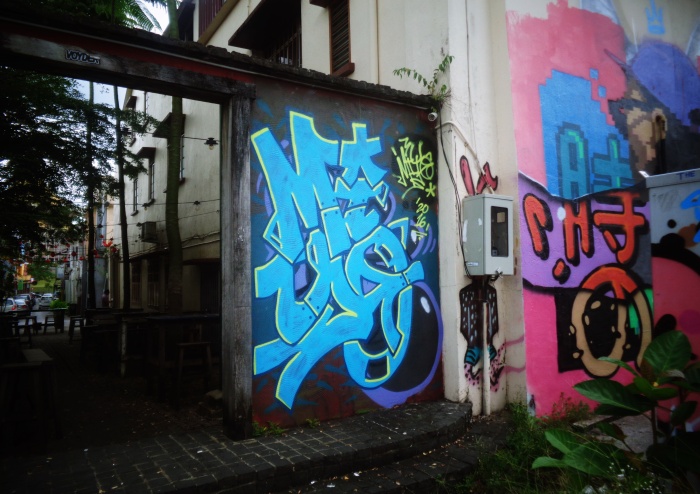


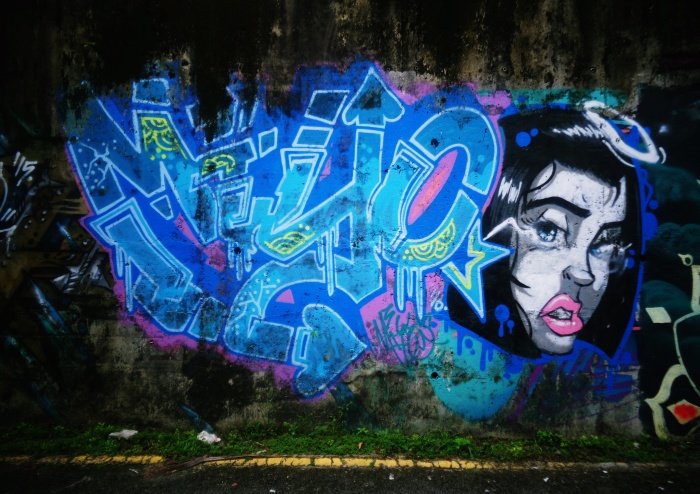
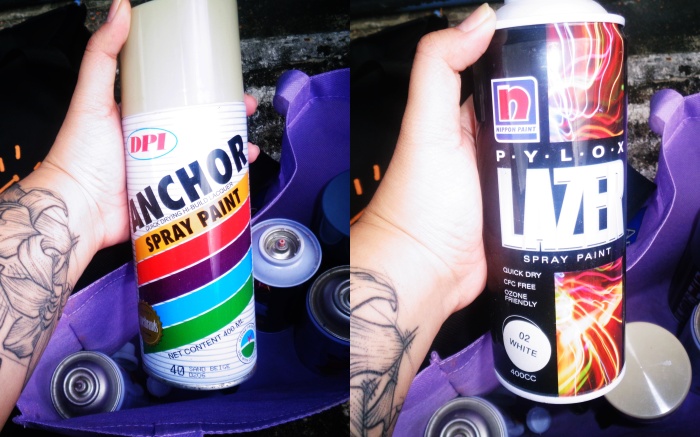
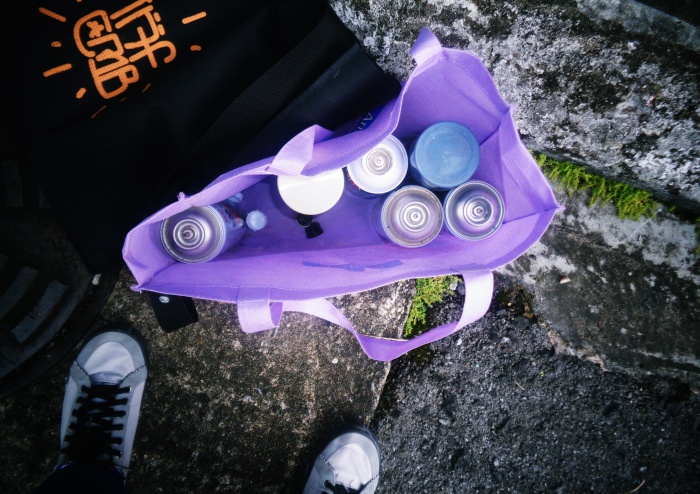
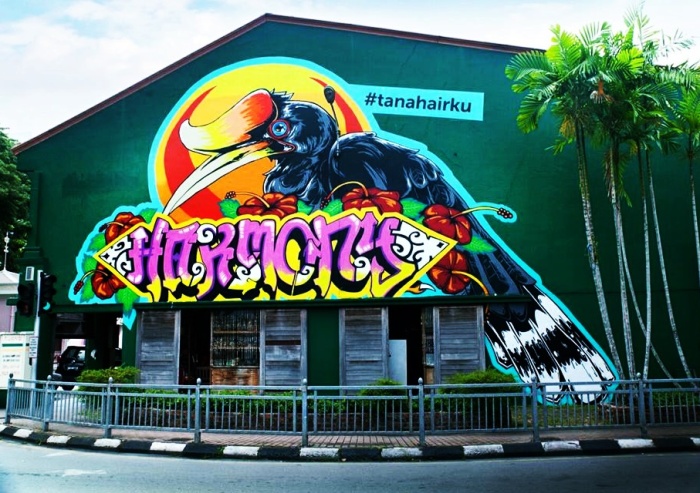
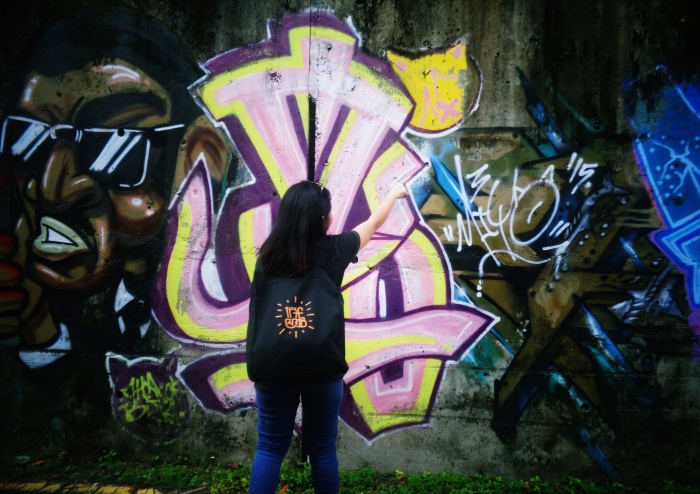
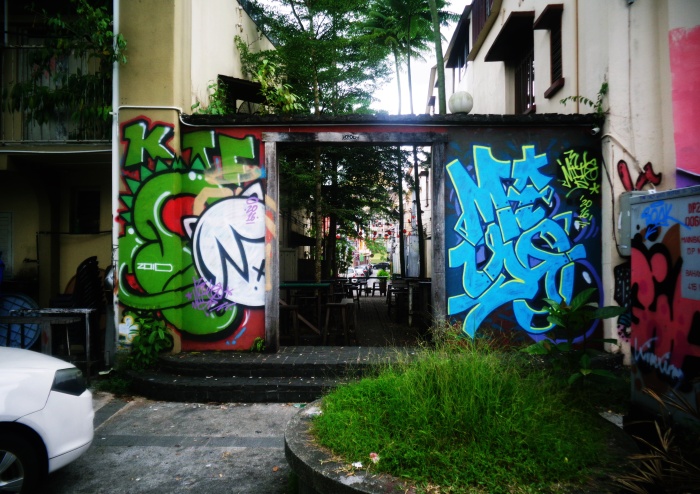
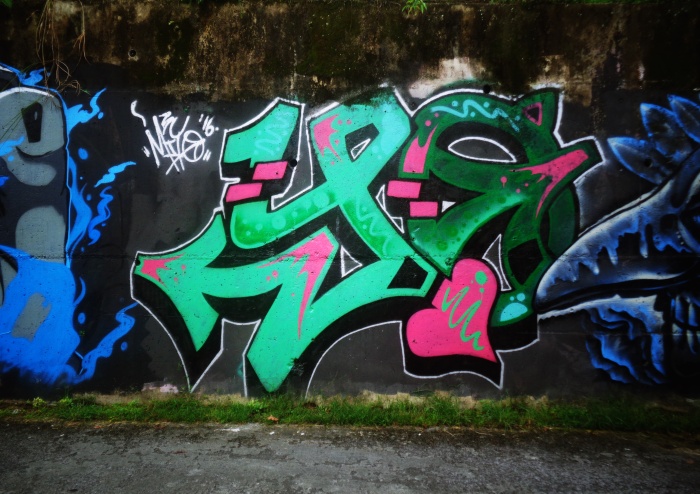
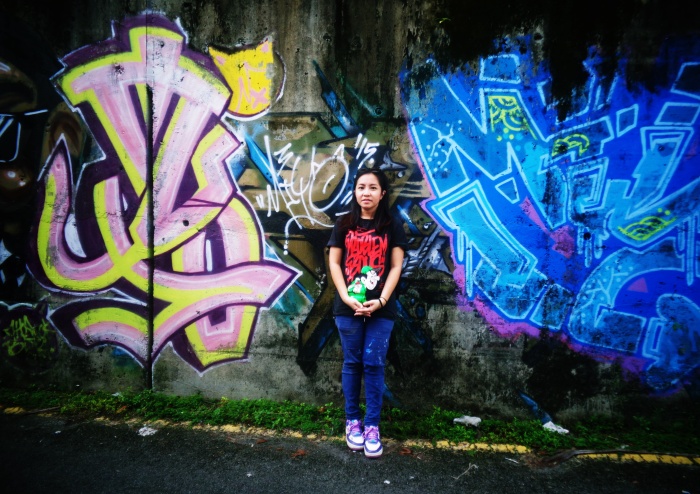
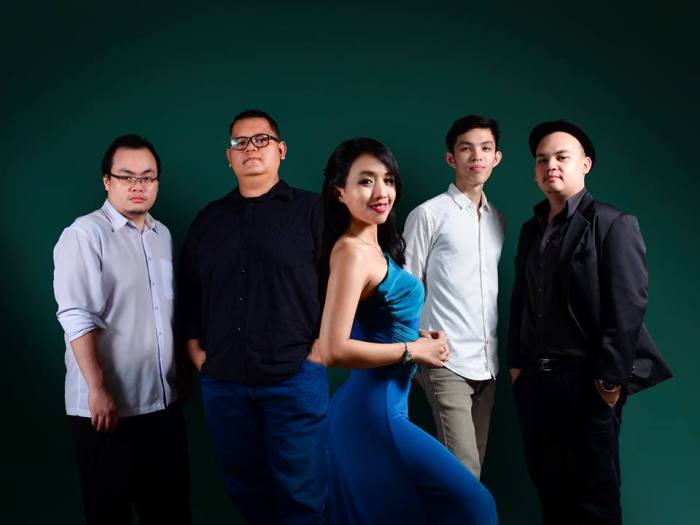
 This, I have to know. Why the name Swaiv?
This, I have to know. Why the name Swaiv?